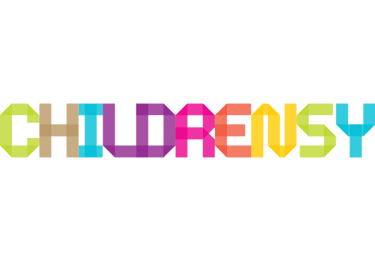Art Therapy for Children:
Using Art as a Therapeutic Tool in Clinical & Educational Settings
Kylo B
4/13/2024
Art Therapy for Children: Using Art as a Therapeutic Tool in Clinical & Educational Settings
Art therapy is a powerful therapeutic approach that utilizes the creative process of making art to improve mental, emotional, and behavioral well-being.
When applied to children, art therapy can be particularly impactful, providing a safe and expressive outlet for communication and healing.
In this article, we delve into the concept of art therapy for children, exploring how it is used in both clinical and educational settings to support emotional growth and overall development.
Understanding Art Therapy for Children
Art therapy involves the use of various art materials and techniques under the guidance of a trained art therapist.
Through the act of creating art, children can express their thoughts, feelings, and experiences in a non-verbal and symbolic manner.
Art therapists facilitate this process by offering support, interpretation, and interventions that promote self-discovery and emotional healing.
Benefits of Art Therapy for Children
Art therapy offers a wide range of benefits for children, including:
Emotional Expression: Art provides a safe and non-threatening way for children to express complex emotions that may be difficult to articulate verbally.
Enhanced Self-Awareness: Engaging in art-making activities can help children gain insight into their own thoughts, behaviors, and relationships.
Stress Reduction: Creating art can be relaxing and calming, reducing anxiety and promoting a sense of emotional well-being.
Improved Communication: For children who struggle with verbal communication, art serves as a powerful tool for self-expression and communication with others.
Boosted Self-Esteem: Accomplishing artistic tasks and receiving positive feedback from an art therapist can enhance self-esteem and self-confidence.
Processing Trauma: Art therapy can aid in processing and coping with traumatic experiences or challenging life events.
Application of Art Therapy in Clinical Settings
In clinical settings, trained art therapists work with children individually or in group settings to address specific therapeutic goals:
Assessment and Diagnosis: Art therapy can be used to assess a child's emotional and psychological state, aiding in diagnosis and treatment planning.
Treatment of Mental Health Issues: Art therapy is effective in treating a wide range of mental health conditions such as anxiety, depression, trauma-related disorders, and behavioral issues.
Grief and Loss Counseling: Art therapy helps children cope with grief, loss, and transitions by facilitating expression and emotional processing.
Incorporating Art Therapy into Education
Art therapy is increasingly integrated into educational settings to support social-emotional learning and academic success:
Classroom Interventions: Teachers and school counselors use art therapy techniques to address behavioral issues, promote emotional regulation, and enhance interpersonal skills.
Special Education Programs: Art therapy is beneficial for children with learning disabilities, developmental delays, or communication disorders.
Bullying Prevention: Art-based interventions encourage empathy, conflict resolution, and positive social interactions among students.
Art therapy for children harnesses the innate creative abilities of young individuals to promote emotional healing, self-discovery, and personal growth.
Whether used in clinical settings to address mental health challenges or integrated into educational programs to support social-emotional development, art therapy offers a unique and effective approach to nurturing the holistic well-being of children.
By embracing art as a therapeutic tool, caregivers, educators, and mental health professionals can empower children to explore their inner worlds, build resilience, and thrive in both their personal and academic lives.

